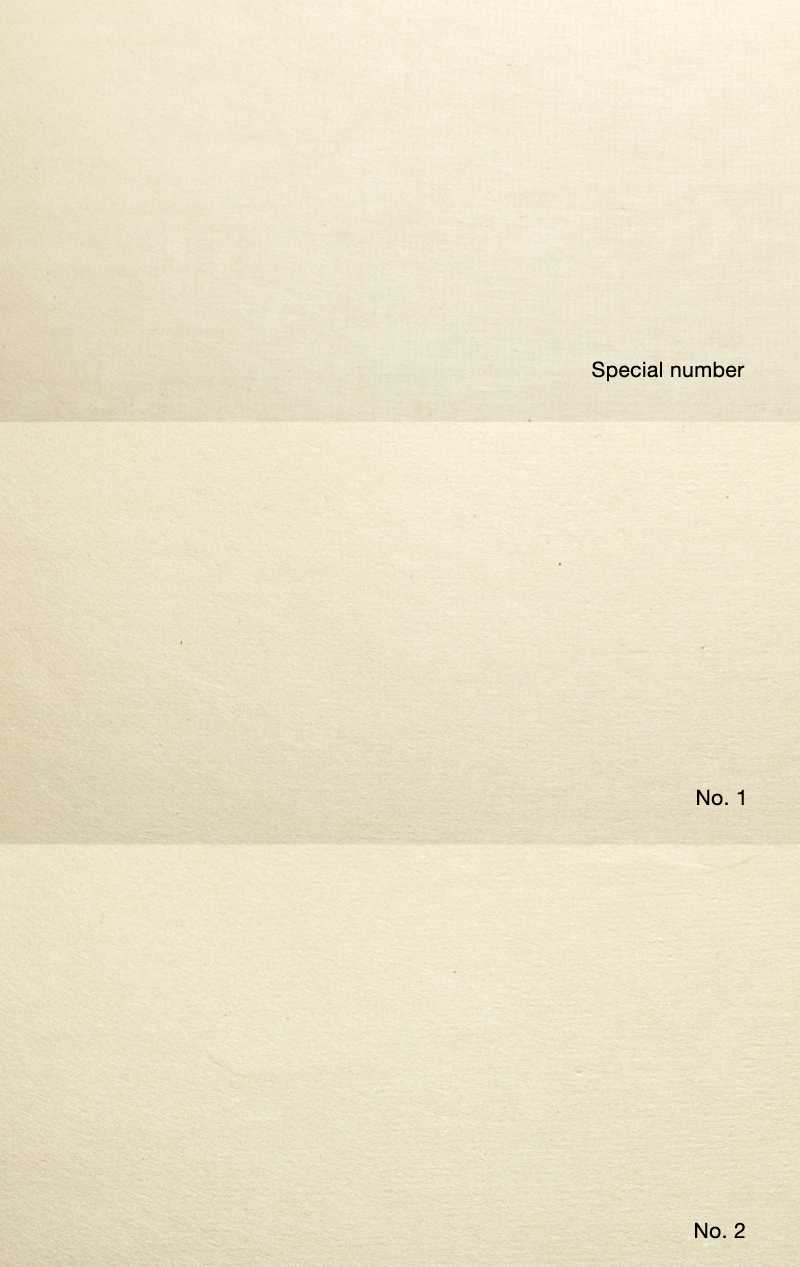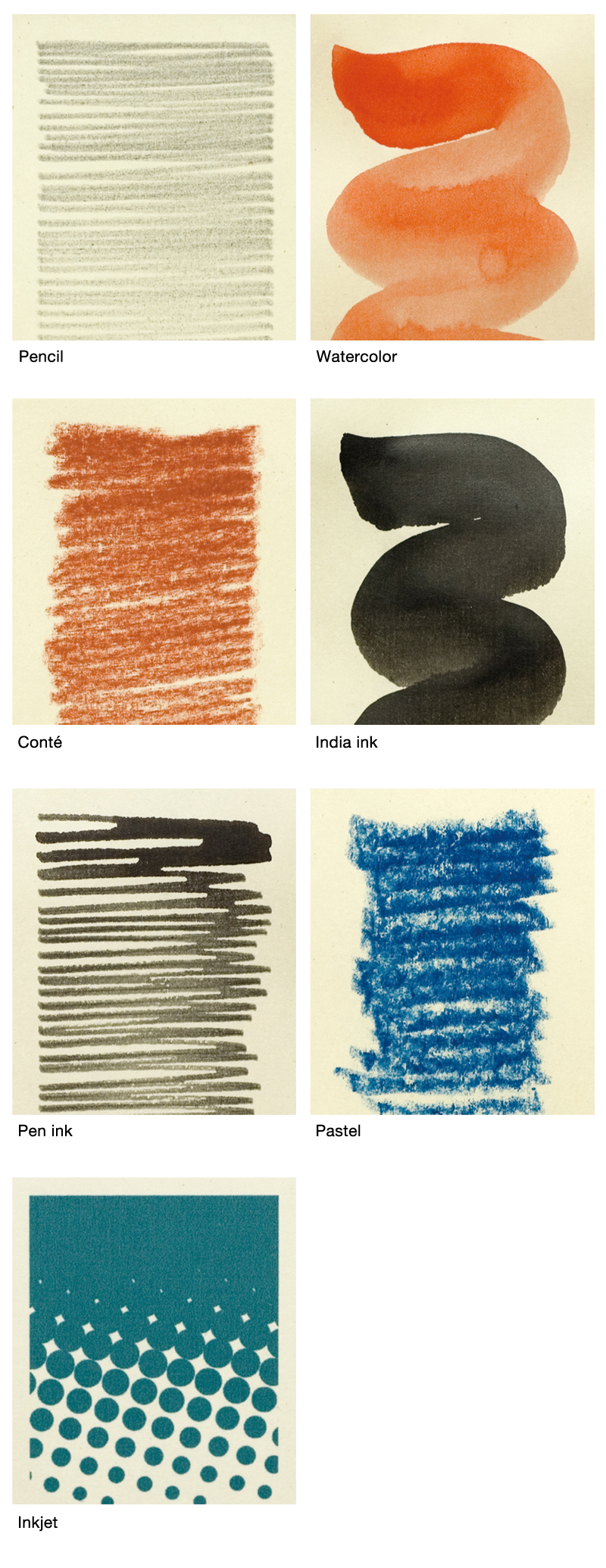Torinoko Paper
鳥の子紙
Torinokoshi
CATEGORIES
Torinoko paper—literally “hen’s egg” paper—is a hand-made washi of a lustrous, smooth, and intricate texture whose chief ingredient is gampi (diplomorpha sikokiana). It is used as a support medium in Japanese art, block-print paper in woodcut printing, writing paper in calligraphy paintings, fusuma paper, and so forth.
Torinoko paper takes its name from the faintly yellow color, a feature that—along with its smooth texture—gives the paper an appearance of a hen’s egg. Its main producing center has long been Echizen (now Imadate City, Fukui Prefecture). The paper texture is flat and smooth. When used in Japanese paintings, it allows for good brush movement, exhibits a sufficient thickness and softness, and produces good paint color development. Its main ingredient, gampi, is a deciduous shrub in the family thymelaeaceous; because the fiber of the tree bark is short and thin, its texture is capable of producing fine, tightly knit paper. Moreover, the paper resists insects and pests and also boasts a high degree of storage stability. However, the paper is relatively expensive due to the difficulty involved in its cultivation and the scarcity of supplies.
Torinoko paper uses gampi as its main ingredient, but there have always been some forms of the paper that use other substances for their raw materials. These include those made of the same mitsumata of the family thymelaeceae (which is intended to increase paper strength and control luster) and those made of wood pulp, which is less expensive. Incidentally, due to the differences in materials and relative mixing, torinoko paper is divided into several varieties: special-number (only gampi), number one (gampi and mitsumata mixing), number two (mitsumata only), number three (mitsumata and wood-pulp mixing), number four, and so forth. The sanroku-ban size is customary for the special number variety, but there are also larger sizes such as the shiroku-ban, goshichi-ban, and nanaku-ban.
Due to its high degree of texture quality and storage stability, torinoko paper has been used in numerous fusuma and picture scrolls (emakimono). As can be seen from the fact that it was praised as a “paper jewel” in the Wakansansai-zue: Illustrated Encyclopedia of the Edo Period, it has been regarded as quality paper from time immemorial.
When handling the paper, note that the front side has a smooth surface texture, while the back side has a somewhat rough surface. Moreover, when using it for making woodcut prints, insert the torinoko into the moist pasteboard or newspaper in advance and use only after it is sufficiently moistened. Torinoko papers now on the market also include types that prevent blotting; make sure you know which one you are buying. Torinoko paper is available for purchase at art stores and Japanese paper specialty shops.
*The illustrations (photos) are test samples designed to illustrate the characteristics of the paper and provide an example of how artists might use the product for expressive purposes. They are not intended to recommend specific drawing materials for certain purposes (the illustrations may even use some drawing materials considered unsuitable for given applications in order to exhibit their traits).

- Torinoko paper (close-up)

- Examples of strokes on torinoko paper

